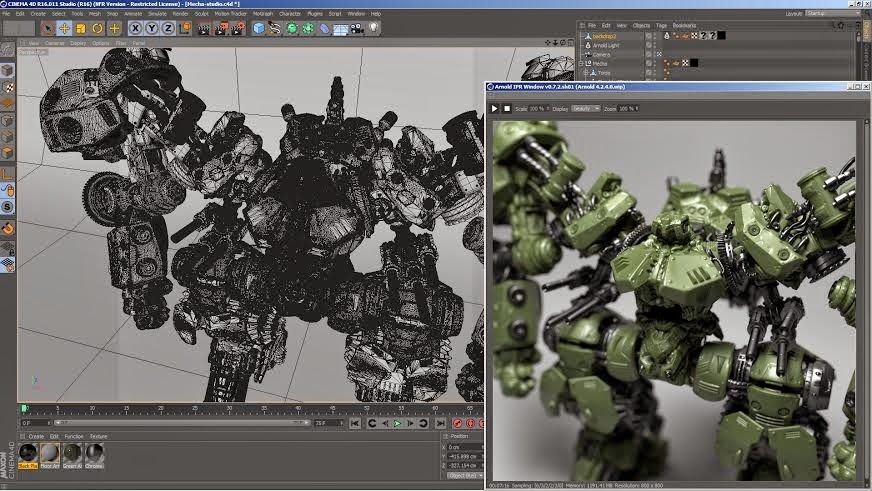


We can't cover every possibility in a short wiki title, but we can cover classes of worlds. But with combine an understanding of what is being perceived only by the camera with cinema's strategies of combining worlds and projection methods, and you have the recipe for making a fragment of reality seem like a whole world. Right | Universal Studios' Courthouse SquareĪfter the intense, granular detail of the Elements project, building an entire world seems too intense. From Wikimedia Commons author Manfred Werner. That solid-looking civic structures are ridiculously thin facades (lower right), the backs of which are never meant to be seen by the camera.Ībove | Filming of Urs Egger's Madame Nobel in Vienna, Austria, 2014.

We're familiar with other exercises in world-building from the tricks used in cinema, whether by green-screening actors into a new environment (below left), or "building" Courthouse Square, Universal Studio's Small-Town-USA backlot set that hosted dozens of productions from 1948's film noir An Act of Murder, through the courthouse scenes of To Kill a Mockingbird, to Marty McFly's misadventures in Back to the Future. Photographer Alexandre Duret-Lutz specializes in taking pictures of wee planets like the planet Paris seen at right.Īctually, he takes equirectangular panorama shots like the one below and turns them into stereographic projections that distort the world we know into seemingly miniature form.Īlexandre Duret-Lutz, stereographic and equirectangular panoramic projections from Case study 3: HDRI image-based lighting environment.


 0 kommentar(er)
0 kommentar(er)
